In the chilly depths of winter, when most reptiles have settled into months-long hibernation, certain snake species briefly pause their activities before resuming their normal behaviors. This fascinating variation in hibernation patterns reveals the remarkable adaptability of snakes to diverse environments and changing climate conditions. While some serpents may disappear for entire seasons, others emerge after just a few weeks of dormancy, a strategy that has evolved through millennia of environmental adaptation. This shorter hibernation period—technically called brumation in reptiles—represents a fascinating evolutionary response to balancing energy conservation with survival needs.
Understanding Snake Hibernation Basics

Snakes, being ectothermic or “cold-blooded” animals, cannot regulate their body temperature internally and instead rely on external heat sources to maintain optimal functioning. When environmental temperatures drop below certain thresholds, most snakes enter a state of dormancy called brumation, which is the reptilian equivalent of hibernation. During this period, their metabolism slows dramatically, heart rate decreases, and they require minimal oxygen and energy. Unlike true hibernation in mammals, brumation allows snakes to remain somewhat alert and even occasionally move or drink water if conditions temporarily improve. This physiological adaptation has evolved as a survival mechanism to help snakes endure periods when prey is scarce and temperatures are too low for normal activity.
Geographic Influences on Hibernation Duration

The length of a snake’s hibernation period correlates strongly with its geographic location and the local climate patterns. Snakes living in temperate regions with distinct seasons typically experience longer brumation periods, often lasting 4-5 months through winter. Conversely, snakes inhabiting warmer regions closer to the equator or in subtropical zones may hibernate for dramatically shorter periods—sometimes as little as 2-3 weeks—or may not hibernate at all. For example, many snake species in Florida or southern Texas experience abbreviated brumation compared to their northern counterparts. This geographic variation demonstrates the remarkable ability of snake species to adapt their biological rhythms to local environmental conditions, optimizing their survival strategies based on regional climate patterns.
Adaptability to Microclimate Variations
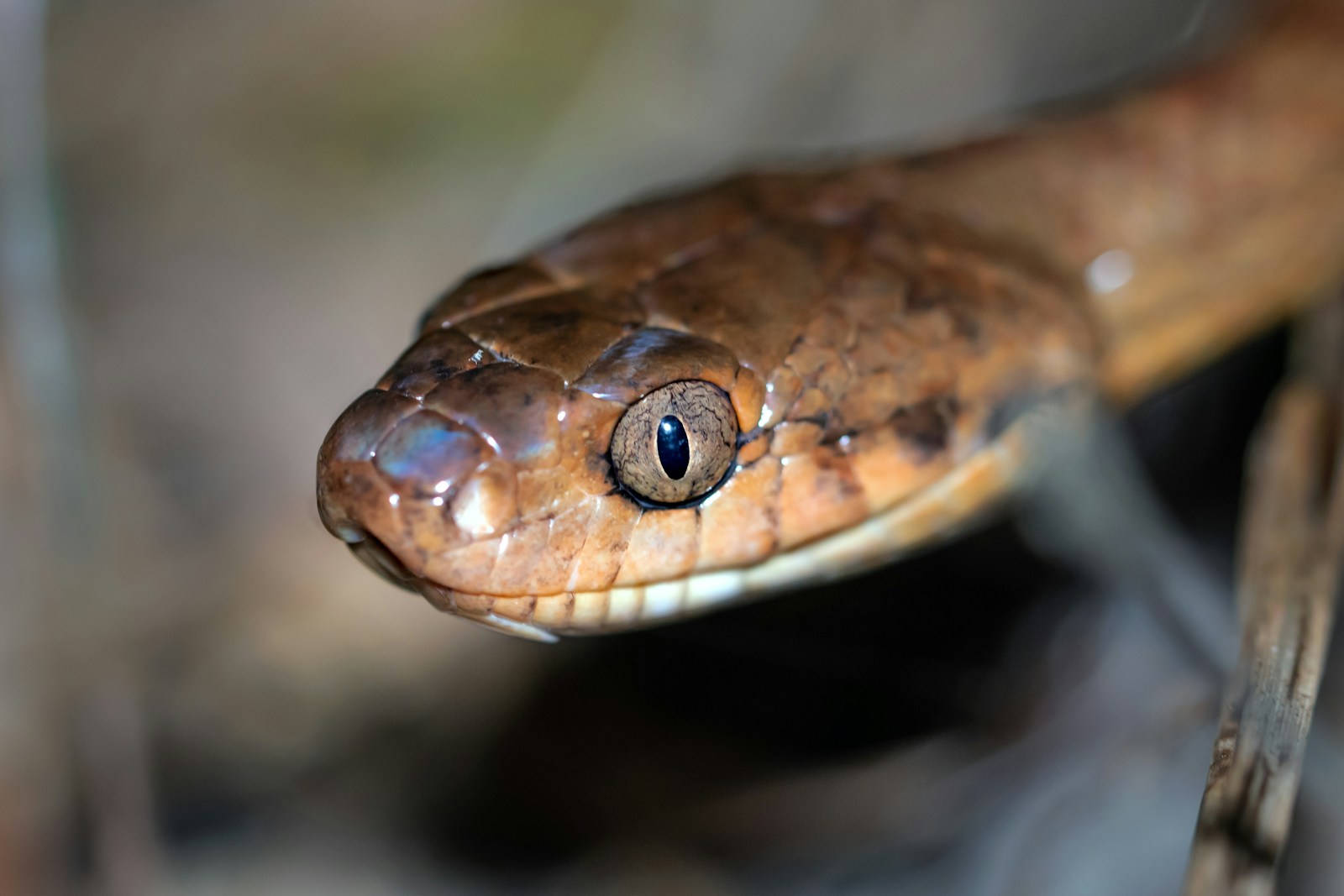
Beyond broad geographic patterns, snakes display remarkable sensitivity to microclimate variations within their habitats, which can significantly impact hibernation duration. A snake living on a south-facing slope receiving more winter sun exposure might brumate for considerably less time than one in a north-facing, shadier location just a short distance away. Underground dens near geothermal features or areas with unique soil composition that retain heat differently can create microhabitats that allow for abbreviated hibernation periods. Some species have evolved to recognize and seek out these thermal refuges, allowing them to minimize their dormant period even when surrounding areas experience harsh winter conditions. This adaptability to microclimate variations represents an evolutionary advantage that enables snakes to maximize their active period for feeding and reproduction.
Species-Specific Hibernation Patterns
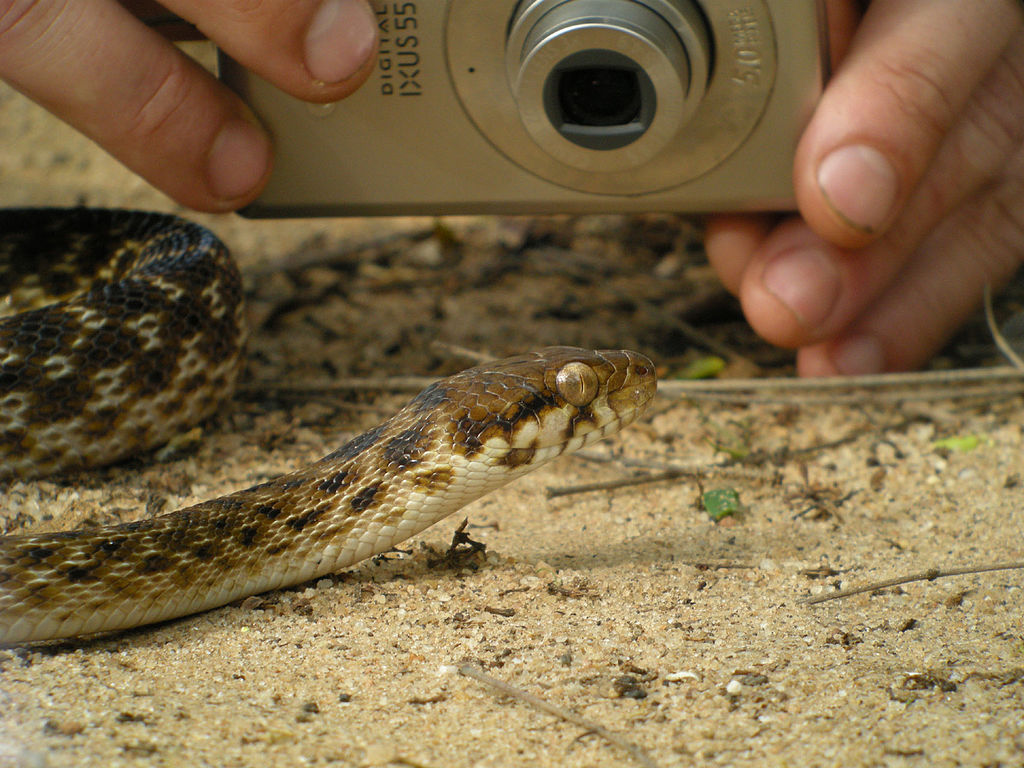
The duration of hibernation varies dramatically between snake species, reflecting their evolutionary history and ecological adaptations. Garter snakes (Thamnophis spp.) are known for their variable hibernation patterns, with some populations entering only brief periods of dormancy during mild winters. Certain rattlesnake species in warmer regions, such as the Eastern Diamondback Rattlesnake (Crotalus adamanteus) in Florida, may brumate for just a few weeks during cold snaps rather than entering extended hibernation. The Copperhead (Agkistrodon contortrix) demonstrates remarkable flexibility, with southern populations having dramatically shorter brumation periods than their northern counterparts. These species-specific patterns highlight how evolutionary pressures have shaped diverse hibernation strategies across the reptile world, allowing different snake species to occupy various ecological niches and geographic ranges.
Metabolic Adaptations for Brief Hibernation

Snakes that hibernate for shorter periods have developed specialized metabolic adaptations that differ from longer-hibernating species. These brief brumators often maintain slightly higher metabolic rates during dormancy, allowing them to quickly return to normal activity when conditions improve. Their bodies store energy differently, typically maintaining higher glycogen reserves in liver and muscle tissues that can be rapidly mobilized. Some short-hibernating species show less dramatic changes in blood composition during brumation, maintaining closer-to-normal levels of certain proteins and enzymes that would be downregulated in long-term hibernators. These metabolic adaptations represent an energy trade-off—requiring more resources during the dormant period but enabling faster reactivation and giving these snakes a competitive advantage when emerging earlier than other species.
The Role of Climate Change in Shifting Hibernation Patterns

Climate change is dramatically altering hibernation patterns among many snake species, with warming temperatures leading to shorter brumation periods across various habitats. Researchers have documented numerous species emerging from hibernation weeks earlier than historical records indicate they once did. This shift can have profound consequences, as snakes emerging too early may face food scarcity if their prey species haven’t yet become active. Conversely, some snake populations are benefiting from extended active seasons and experiencing population growth as a result. These climate-driven changes to hibernation duration represent one of the most visible responses of reptiles to global warming, offering scientists valuable insights into how ectothermic animals adapt to changing environmental conditions.
Reproductive Advantages of Brief Hibernation
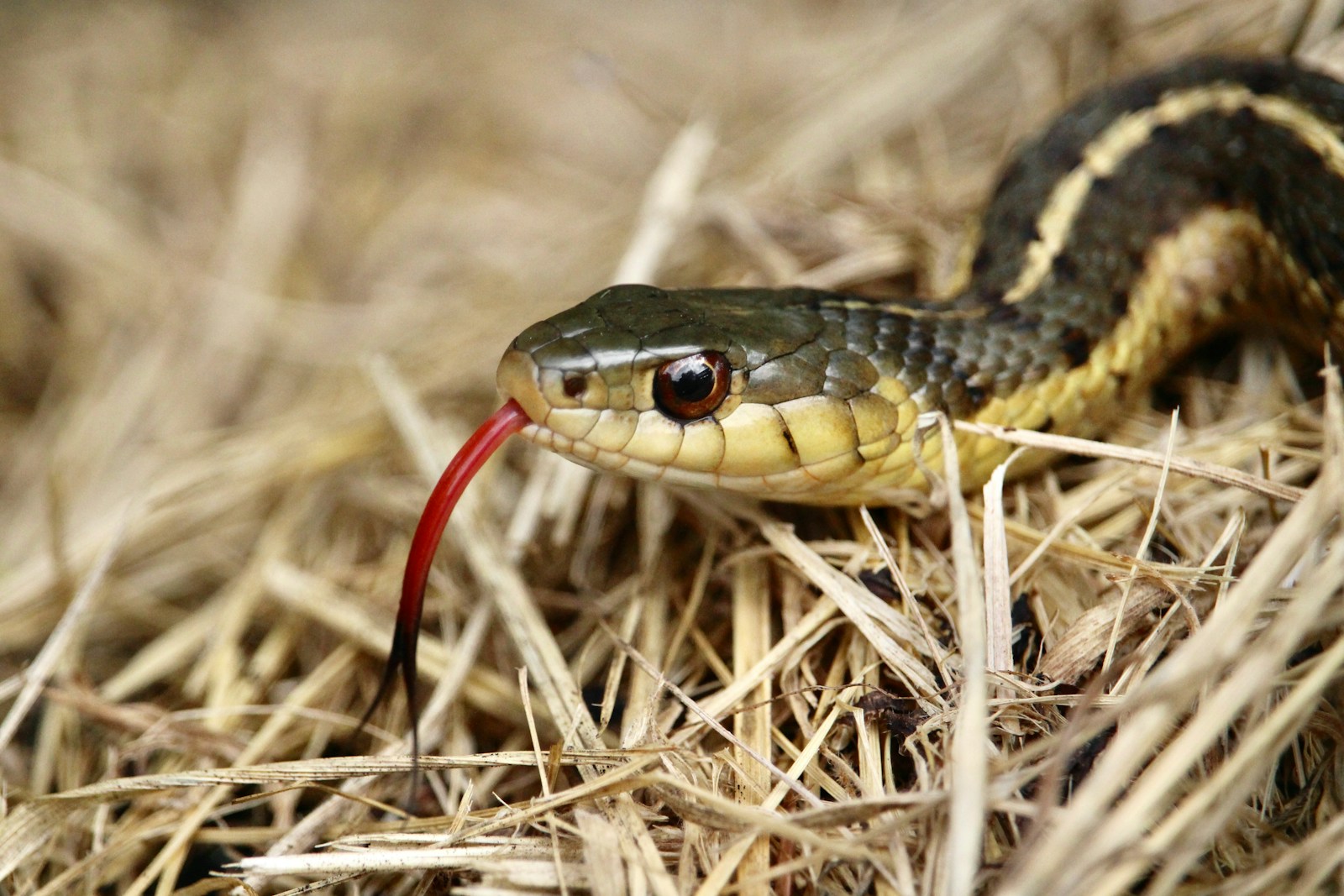
For many snake species, a shorter hibernation period offers significant reproductive advantages that have reinforced this adaptation through natural selection. Male snakes that emerge earlier gain competitive advantages in mating, often securing access to females before rivals appear. Female snakes with abbreviated brumation periods benefit from longer gestation periods in suitable temperatures, potentially producing larger clutches or giving birth earlier in the season. This timing advantage means offspring have more time to feed and grow before their first hibernation, improving survival rates. Research has shown that in some species, females that hibernate briefly can reproduce annually rather than biannually, dramatically increasing their lifetime reproductive output compared to longer-hibernating populations.
Opportunistic Feeding During Winter Warm Spells
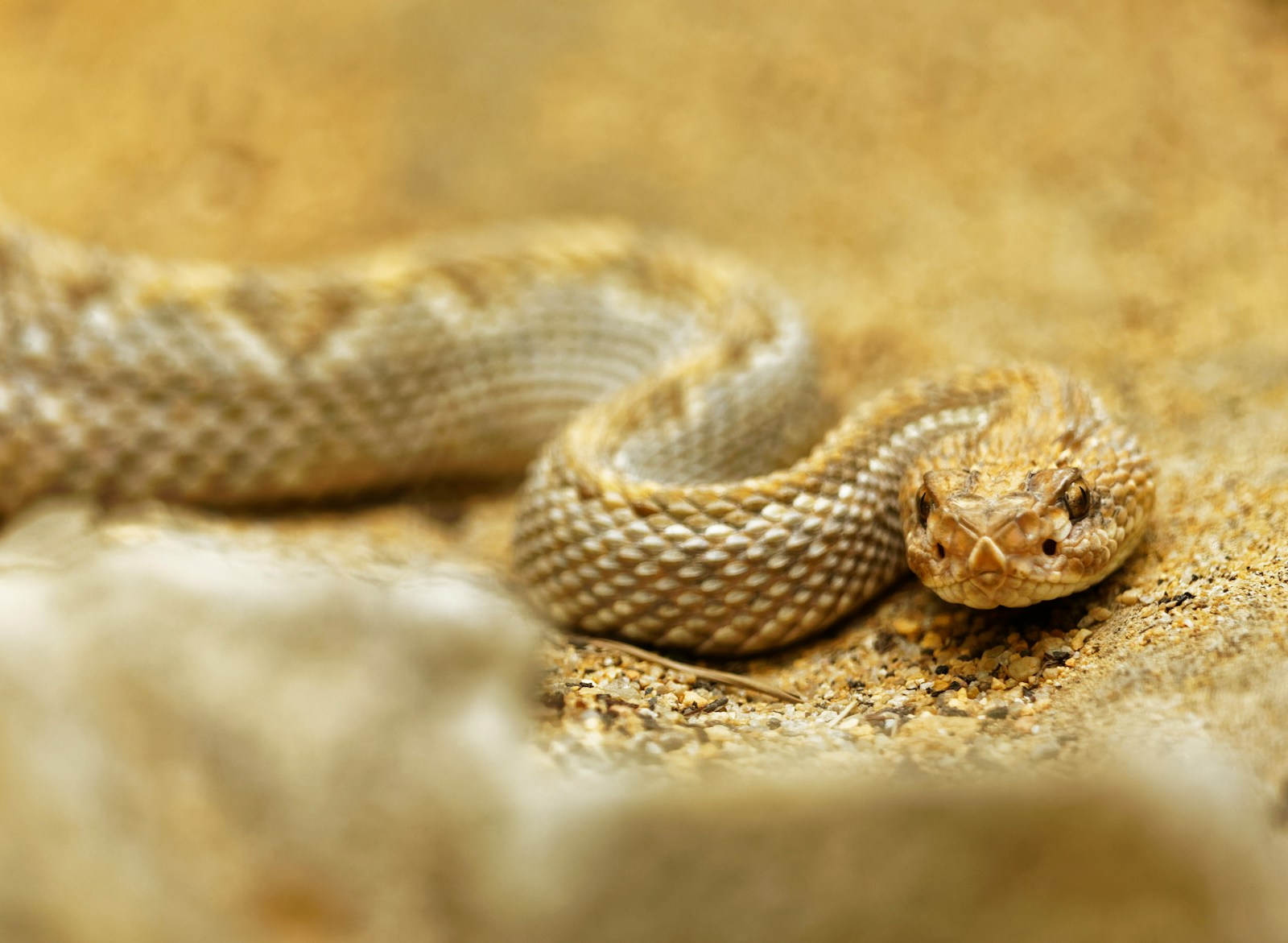
Snakes with abbreviated hibernation periods often demonstrate remarkable opportunistic feeding behaviors during winter warm spells. Unlike deep hibernators, these species maintain sufficient alertness to detect and respond to prey that becomes active during temporary warm periods. For example, some garter snake populations have been observed emerging to hunt amphibians that become active during winter rain events, even when temperatures remain relatively cool. Rat snakes in warmer climates may briefly exit brumation to hunt rodents that remain active year-round. This opportunistic winter feeding strategy represents a significant adaptive advantage, allowing these snakes to maintain better body condition through winter and emerge in spring with energy reserves that give them a head start on reproduction and growth.
Physiological Triggers for Ending Brief Hibernation
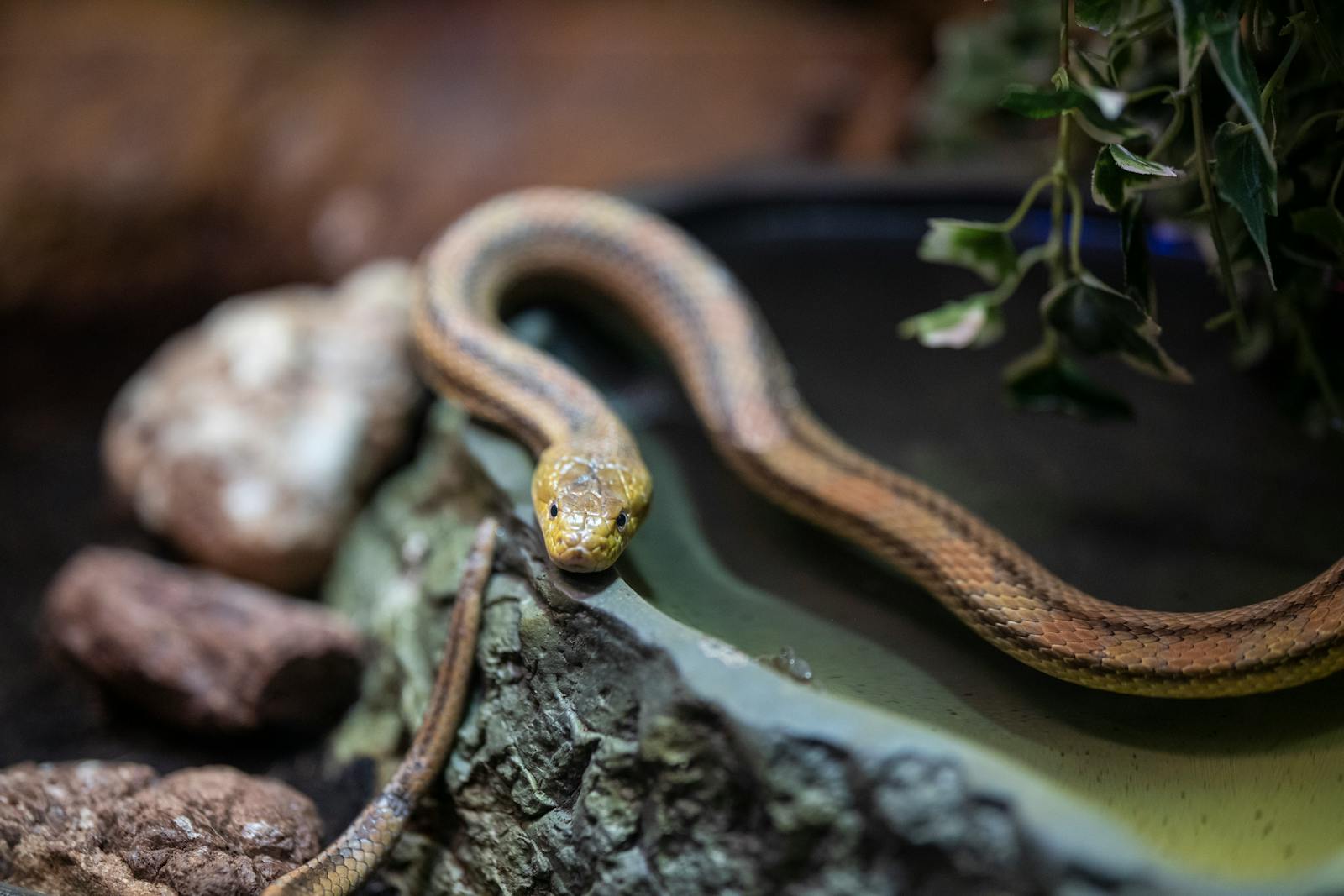
The mechanisms that trigger the end of hibernation in briefly-brumating snakes involve sophisticated physiological responses to environmental cues. While temperature is the predominant factor, increasing day length (photoperiod) also plays a crucial role through hormonal changes triggered by the pineal gland. Some species show remarkable sensitivity to barometric pressure changes, emerging in response to weather patterns that historically correlate with favorable hunting conditions. Research indicates that briefly-hibernating species often have more sensitive thresholds for these environmental triggers, responding to smaller temperature increases than long-term hibernators. These finely-tuned physiological responses enable precise timing of emergence, allowing snakes to capitalize on optimal environmental conditions while minimizing exposure to potentially dangerous late cold snaps.
Hibernation Strategies in Urban Snake Populations
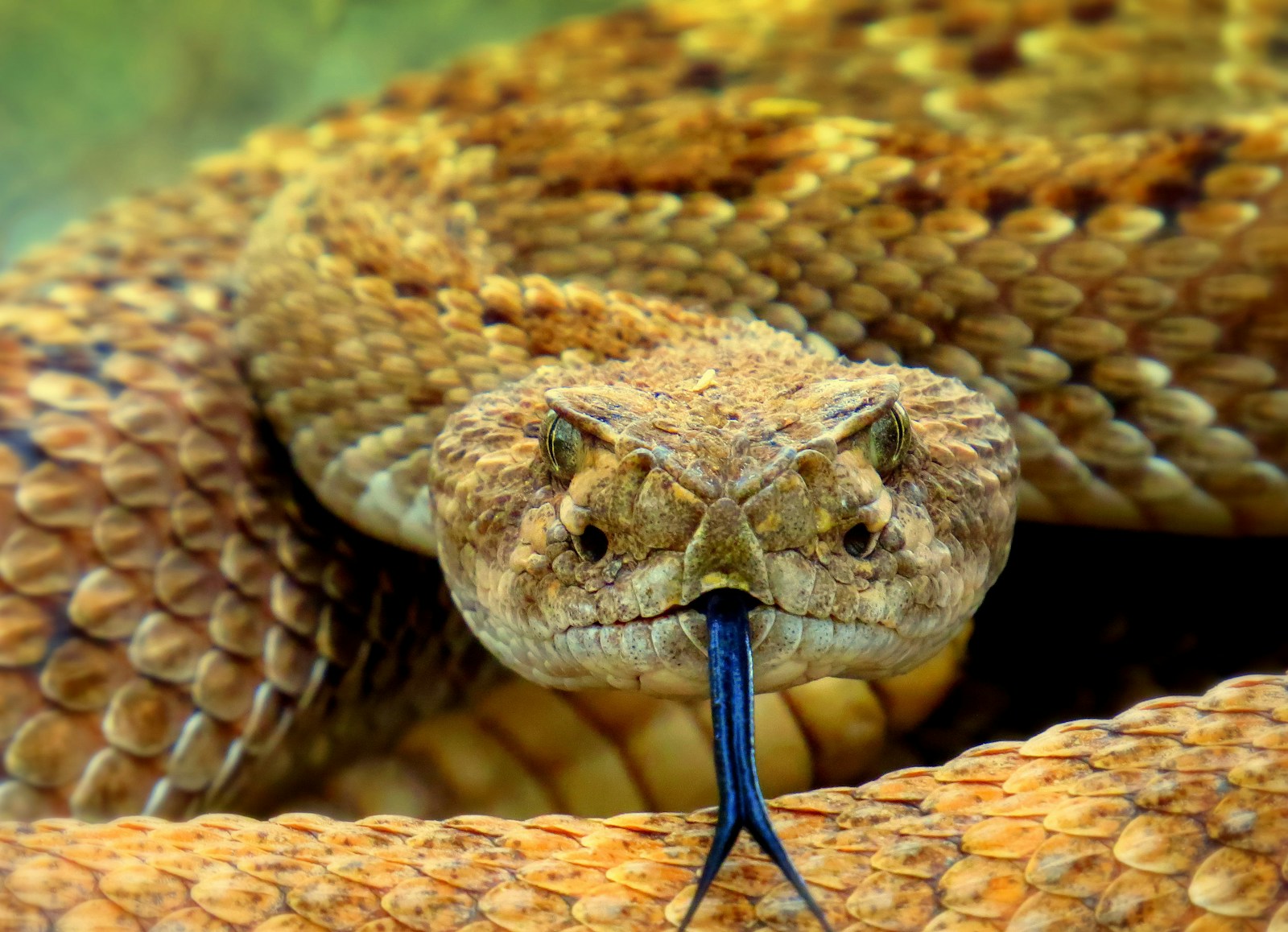
Urban snake populations often display notably abbreviated hibernation periods compared to their rural counterparts, highlighting the impact of human-created environments on reptile behavior. The urban heat island effect creates warmer microhabitats that can shorten brumation by several weeks, particularly in species adaptable to human presence like garter snakes and rat snakes. Man-made structures such as building foundations, drainage systems, and compost heaps often provide ideal hibernacula that maintain more stable, warmer temperatures than natural sites. Some urban snakes have been observed utilizing heat escaping from buildings or underground utilities, allowing them to remain active during periods when rural populations have entered brumation. These adaptations to urban environments represent an ongoing evolutionary response to anthropogenic landscape changes and demonstrate the remarkable adaptability of certain snake species.
Comparative Hibernation Across Snake Families

Different snake families exhibit distinctive patterns in hibernation duration, reflecting their evolutionary histories and ancestral ranges. Colubrid snakes (family Colubridae), which include familiar species like rat snakes and garter snakes, generally show greater flexibility in hibernation length, with many species capable of brief brumation periods. Viperid snakes (family Viperidae), including rattlesnakes and copperheads, typically have more structured hibernation requirements, though some species have evolved shorter brumation periods in warmer regions. Elapid snakes (family Elapidae), which include coral snakes in North America, often have the briefest hibernation periods of all venomous snakes in temperate zones. Primitive snake families like the Boidae (boas) and Pythonidae (pythons) show minimal hibernation behaviors in their native tropical habitats, but introduced populations in temperate zones have developed fascinating adaptations to seasonal changes, including abbreviated brumation periods that differ from native species.
Conservation Implications of Hibernation Variability
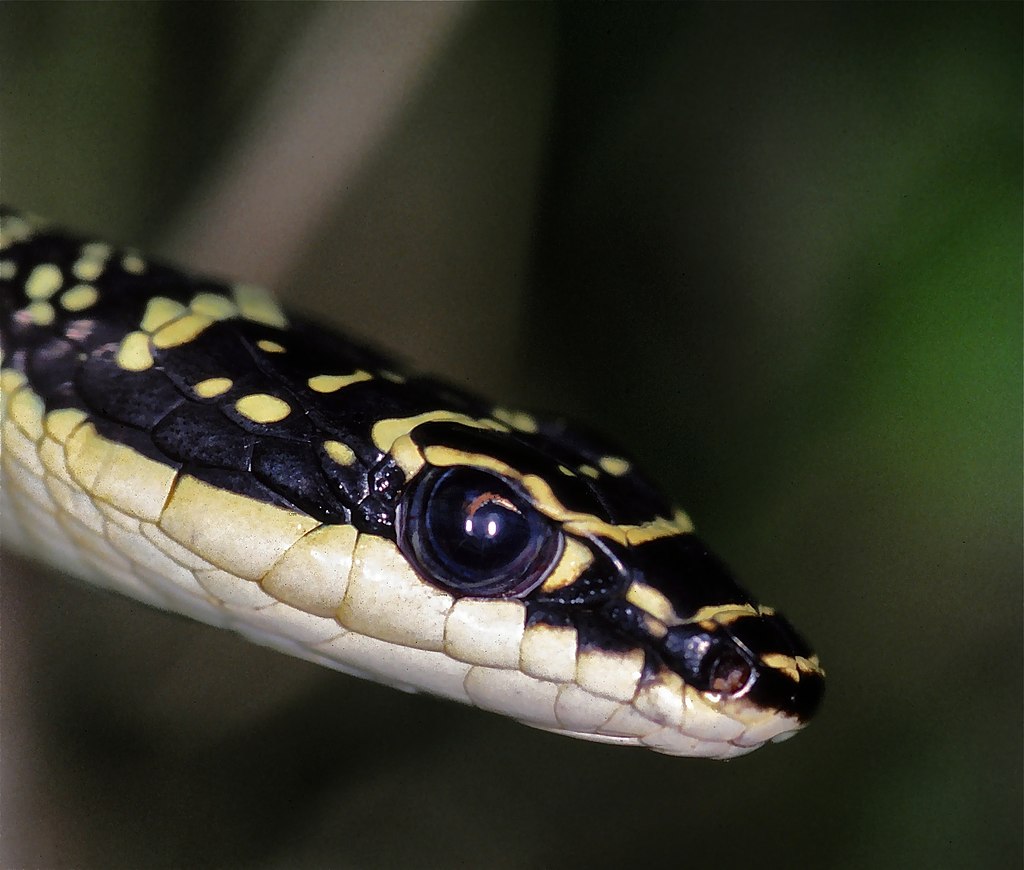
The variability in hibernation duration among snake species carries significant conservation implications, particularly as habitats face increasing fragmentation and climate change. Species with inflexible, longer hibernation requirements often face greater conservation challenges as suitable hibernacula become scarcer in developed landscapes. Conversely, snakes with adaptable, brief hibernation periods may show greater resilience to certain environmental changes, potentially expanding their ranges as winters moderate. Conservation efforts increasingly focus on identifying and protecting critical hibernation sites for vulnerable species, recognizing that even briefly-hibernating snakes require specific microhabitat features for successful dormancy. Understanding these nuanced hibernation requirements has become essential for effective snake conservation, with research suggesting that species capable of abbreviated hibernation may serve as important indicators of ecosystem responses to climate change.
Human Interaction with Briefly-Hibernating Snake Species

Snakes with brief hibernation periods often create unique human-wildlife interaction challenges, particularly in suburban and rural residential areas. These species may emerge unexpectedly during winter warm spells, surprising homeowners who assume reptiles remain dormant throughout winter months. Pest control professionals report increased snake encounters during unseasonably warm winter days, particularly in regions with milder climates where hibernation may last just weeks rather than months. Education efforts increasingly focus on teaching residents about these natural behavior patterns to reduce negative encounters. Understanding the abbreviated hibernation cycles of local snake species can help property owners anticipate potential wildlife interactions, promoting safer coexistence with these ecologically important reptiles and reducing unnecessary relocations or killings based on fear or misunderstanding.
Conclusion
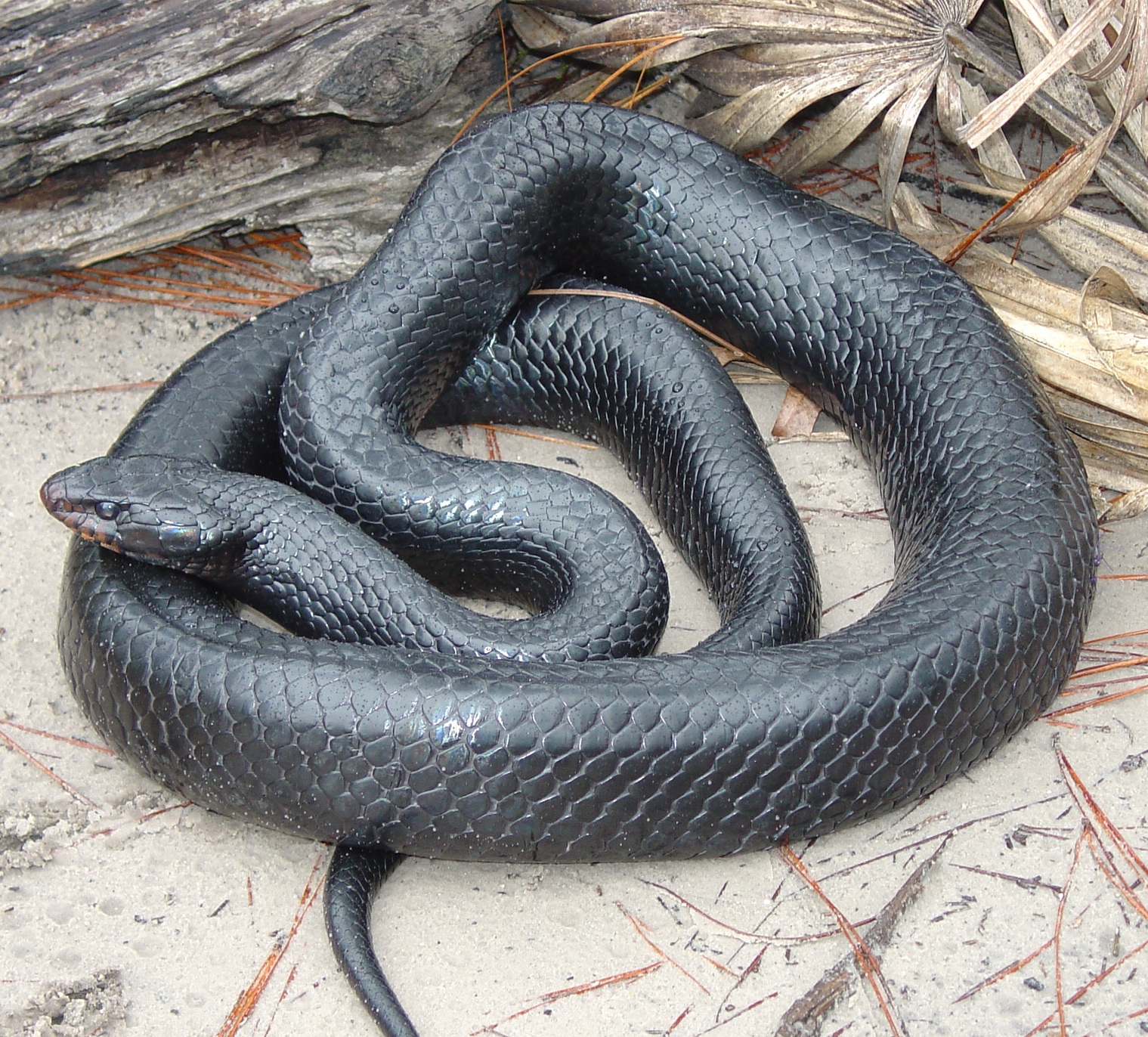
The remarkable variability in snake hibernation duration represents one of nature’s fascinating adaptations to environmental challenges. While some species disappear for months beneath frozen landscapes, others undergo brief dormancy periods, emerging after just weeks to capitalize on available resources and reproductive opportunities. This flexibility has evolved through millennia of natural selection, producing specialized physiological and behavioral adaptations that optimize survival in diverse habitats. As climate patterns continue to shift, these varying hibernation strategies may prove crucial to the long-term success of different snake species, with briefly-hibernating snakes potentially showing greater adaptability to warming conditions. Understanding these nuanced biological rhythms not only enriches our appreciation of reptile ecology but provides valuable insights into how ectothermic animals navigate seasonal challenges in our changing world.





